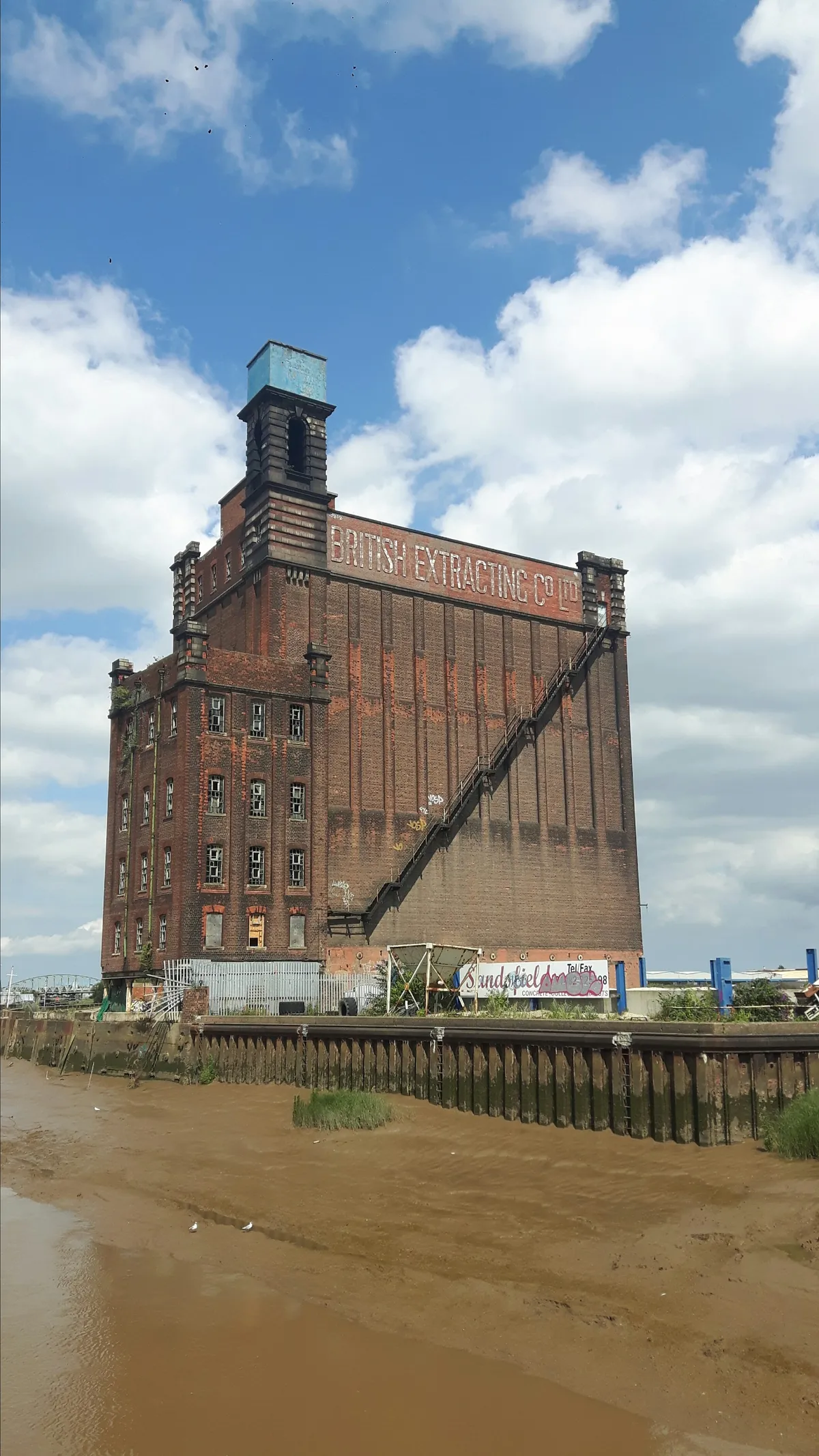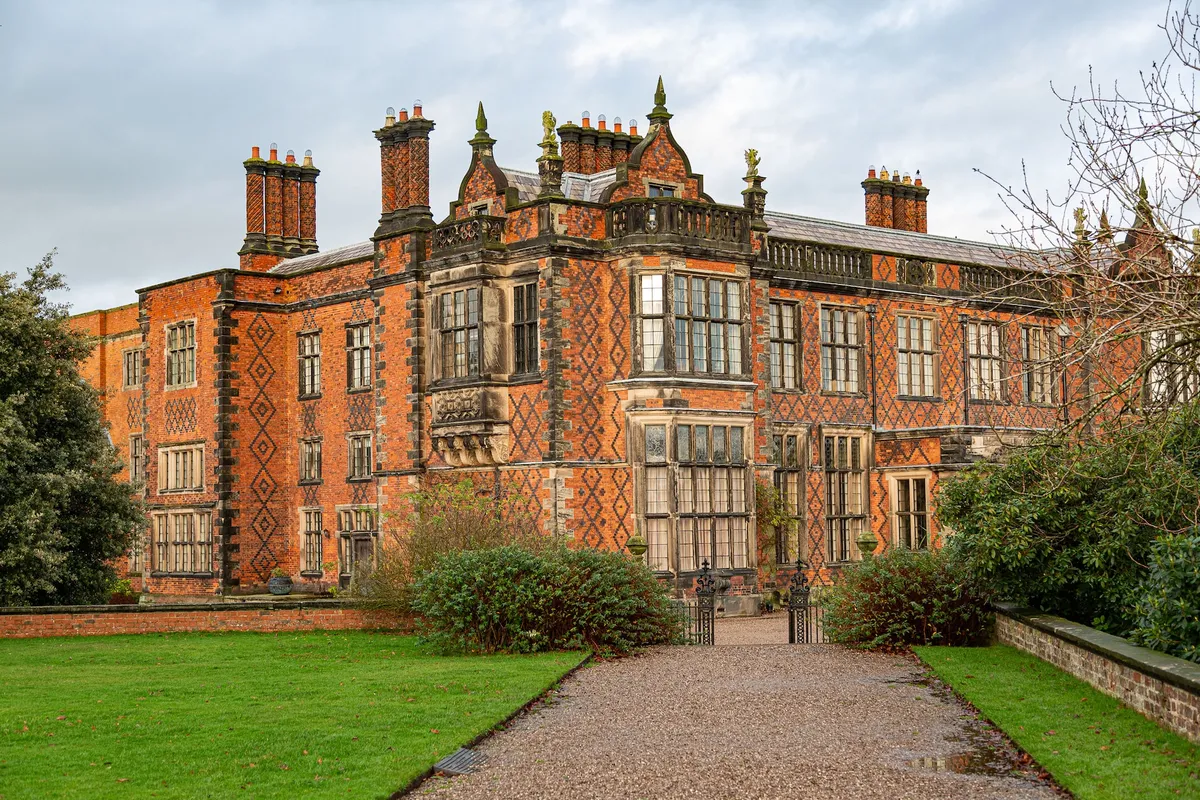You've probably heard the term 'listed building' before, whether you visited an old castle on your travels or got married in a stately home of great historic importance. In England alone, there are around 400,000 listed properties, from extravagant manors to humble buildings that may not seem like much, but hold much national interest.
Whether you're keen to learn more about listed buildings or looking to own one yourself, here's everything you need to know...
Why are properties listed?
The point of listing buildings is to protect and maintain the history. A property can be listed for a number of reasons. The most common reason is because the building is of historical significance – particularly with older buildings whereby few of its kind are still in existence. This can be the age of the building itself and its architectural properties or because it was the location of a major historic event or the home of a famous figure.
What does it mean if a property is listed?

Firstly, and potentially most importantly, a listed building cannot be demolished. In addition, no changes that compromise the character, strength or stability of the building can be made, and any proposed changes must have written permission before being carried out. This can often include structural changes such as changing layouts, replacing original windows with modern alternatives, and can also impact how the building is restored, e.g. using traditional methods rather than modern alternatives, such as the plaster, the roofing and even the flooring, to ensure all elements are in keeping with the property's history.
You might also like a guide to British house styles through the ages
What are the different listing categories?
There are three different grades that listed buildings are categorised into: Grade I, II or III. All the Grades have similar rules, but some have more restrictions you have to abide by and therefore less changes can be made. Here's a breakdown of each type:
Grade I

In England, there are just under 10,000 Grade I-listed buildings, which means they are considered of the the highest historical significance, and protecting them is of the highest national importance. These are usually castles, stately homes and churches. Some of the most famous structures in the UK are Grade I-listed, including Blackpool Tower, Royal Albert Hall and the Palace of Westminster. If a building is Grade I-listed the restrictions can include:
- Planning permission is required to make and changes, including extensions, renovations and layout alterations to ensure that any changes made do not take away from the buildings character and original architecture.
- In many instances, original features must not be removed, altered or replaced. This can include windows, woodwork, doors, fireplaces and structural materials such as beams.
- Later additions and extensions to the property can also be protected under a Grade I listing, even if they don't hold the same historical importance as the original structure. This can be attached extensions of additional buildings on the land.
Take a tour of this Grade I-listed Isokon apartment
Grade II

A Grade II listing on a property is the most common – according to Historic England, 92% of all listed buildings in England are Grade II-listed. The restrictions here aren't quite as extensive as those of a Grade I-listed property, but there are still a number of things to consider before buying or altering one such building:
- Any alterations or additions on the property can not be carried out without written permission which must be applied for via the relevant authorities.
- Permission must also be granted to change the use of certain rooms, such as the kitchen and bathroom, as this can require further structural work.
- You do not usually need permission to change modern additions within the property, so a kitchen or bathroom can often be changed or modified without permission.
- You may not need to gain permission to remove or build internal walls, but it's always best to check before carrying out any work.
- You can usually install double-glazed windows, however this isn't as simple as non-listed buildings. This is usually confirmed on an individual basis – if the windows are original to the property, definitely check before making any changes. If you can't change the windows, you might consider looking into adding secondary double glazing as it will improve your homes energy efficiency, but you must ensure the glazing bars match those of the windows.
For more on making your home more efficient, readour top energy-saving tips for old homes
Grade III
Grade III is slightly different to Grade I and Grade II. These are buildings of special interest of which efforts to preserve are very much warranted. A Grade III listing is usually awarded to Grade II buildings with something that makes them that extra bit special, but not enough to be considered Grade I. This can be anything from unique interiors – think original wallpapers or a significant designer – to non-structural additions that make them more special.
What does owning a listed property mean?
If you own or live in a listed property, you are responsible for not only maintaining it, but ensuring the history and character of the property in kept. This includes general upkeep, as well as gaining the relevant permissions from authorities if you wish to make any changes.
For many, owning a listed property means you are a custodian, eventually passing the home to the next person who will care for it. If you wish to restore or renovate a listed building, you should be careful to ensure you protect and maintain the character and historic details both inside and out. You may also want to consider using traditional methods and materials when carrying out any work.
Is a listed property worth more?
Listed properties increase in value, so in short, yes they are generally worth more. However, this is only the case when the listed building or property is well looked-after. Listed buildings don't tend to reflect the fluctuations of the mainstream housing market. In fact, it is almost unheard of for a listed building to depreciate in value, so they are on the whole a sound investment.
Interested in the value of properties? Find out how much your period home is worth